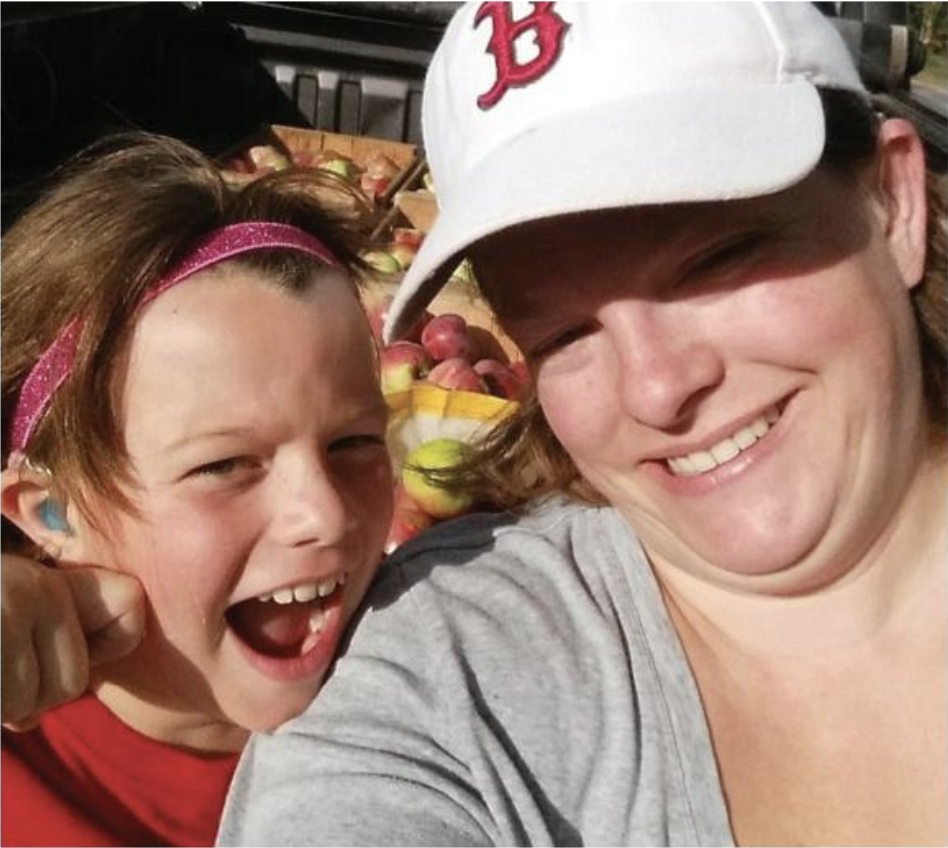By Marx Aldrich, Arts & Culture Editor & Elliot Caron, Staff Photographer
Deaf culture is a rich culture with a unique language. American Sign Language (ASL) and Deaf culture are what form the basis of the Deaf community. Deaf culture has its own art, language, history, values, societal norms and its own community.
The International Week of the Deaf takes place during the last week in September. It was started by the World Federation of the Deaf to celebrate and raise awareness around Deaf culture. It’s a global celebration of the first World Congress of the World Federation of the Deaf which took place in 1951. In Maine, the International Day of the Deaf is celebrated with the Maine Deaf Culture Festival.
“The value of the culture and identity is worth more to me than all the precious metals in the world. Without it, I would not be 100 percent complete with who I am,” said Darleen Hutchins, a member of the Deaf community. For Hutchins the Deaf community, Deaf culture and ASL are all key portions of who she is. Hutchins has been extremely active in the Maine Deaf community. She has been involved in several of the larger Deaf events, such as the annual Maine Deaf Film Festival and the annual Maine Deaf Culture Festival, as well as being involved in many other events and in other ways.
Deaf culture is shared within the community through stories, art and films. Roxanne Baker, one of the first Deaf professors at USM, commented on the importance of educating people within and outside the community to keep ASL, the Deaf community and Deaf culture alive.
“Without sharing and educating, there will be a lot of ignorance in regards to Deaf culture and American Sign Language.” The ASL 101 classes at USM have a requirement that all students have to attend two Deaf events where they’re around and interacting with the Deaf community. This opportunity to be around the Deaf community gives hearing students an introduction to Deaf culture and contributes to the immersion experience that USM strives for in its language classes. Immersion is a large component of learning ASL at USM and it contributes a lot to students’ learning and understanding of the language and culture. The Deaf community in Maine has a couple of special events each year.:the Maine Deaf Culture Festival and the Maine Deaf Film Festival, both of which are integral to sharing pieces of Deaf culture within the community and outside of it.
Signed languages, such as ASL, Irish Sign Language (ISL) and others, have always been used by Deaf people. George W. Veditz, the president of the National Association of the Deaf, recorded a video in 1913 explaining the value of ASL as a part of Deaf people’s identities. One of his most famous quotes from that film relates the circular nature of ASL and the Deaf community:
“As long as we have Deaf people on Earth, we will have signs, and as long as we have our films, we can preserve our beautiful sign language in its original purity. It is our hope that we all will love and guard our beautiful sign language as the noblest gift God has given to deaf people.”
Deaf people use their hands and eyes to experience language while hearing people primarily experience language through hearing. There’s a misconception in the hearing community that spoken language equates to intelligence when in reality ASL is a fully developed three dimensional language that enhances the expressive nature of language by using space and movement. There is a misconception within the hearing world that ASL interpreters choose and translate words to make Deaf people look good. A hearing person may think that an interpreter is there for the benefit of the Deaf person, but in reality they are there as an interpreter because the hearing person doesn’t know ASL.
Roxanne Baker and Darleen Hutchins have both taught ASL to hearing students. This has put them in a position to bring Deaf culture to groups of students who may have never been exposed to it otherwise. According to Hutchins, “ASL teachers are catalysts for bridging our two worlds [Deaf and hearing] together.” By creating awareness they can help students gain understanding about the Deaf community.
The Deaf community values connection and inclusion. Successful Deaf people create a ripple effect within the community. They use their platform to advocate for others. Nyle DiMarco, a model, actor and activist, presented to the UN recently to advocate for sign language as a human right. DiMarco’s actions represent the collectivist mentality of the Deaf community. A collectivist mentality creates a space where one individual’s success is a success for the entire community. C.J. Jones, a Deaf actor who starred in Baby Driver, also had a positive effect on the Deaf community. The Deaf community is underrepresented in media and deserves to see someone in the Deaf community filling those roles.
Hutchins expressed that the Deaf community and Deaf culture allows her to express herself freely. Baker’s favorite part of being a part of the Deaf community is that everyone is equal within the community. There are no communication barriers and everyone has a sense of belonging. ASL and Deaf culture allow Baker to express herself fully and freely. Being a part of the Deaf community and Deaf culture makes her feel whole. Hutchins also greatly values the ability to be herself within the Deaf community. It’s a family and one everyone is proud to be a part of.

